5 Features to Look for in Local Boat Lifts
Understanding the essential features of local boat lifts can significantly enhance your boating experience. This article delves into the crucial aspects to consider when selecting a boat lift, ensuring safety, convenience, and longevity. Whether you're a seasoned mariner or a new boat owner, a reliable boat lift is an investment that can save time and money while protecting your vessel. In this comprehensive guide, we will explore various features and considerations that are critical for selecting the right boat lift. By the end of this article, you will be well-equipped to make an informed decision on the perfect boat lift for your needs.
1. Weight Capacity
When choosing a local boat lift, the first feature to consider is the weight capacity. Understanding the specific needs of your boat, including its weight, is essential for making an accurate decision. Consult your boat's documentation or manufacturer to ascertain the exact weight specifications. A boat lift should be able to support not only the weight of the boat but also additional items such as fuel and gear. Assessing these factors ensures that your boat lift can handle the load safely and efficiently.
Overloading a boat lift beyond its rated capacity can lead to serious issues. A lift stressed beyond its limits may experience significant wear and tear, which can reduce its lifespan. Potential failures might include snapping cables or a buckling frame, both of which pose dangerous situations. Regular maintenance checks are crucial for spotting signs of stress before they become significant problems. By staying within the weight limits, you extend the life of your lift and maximize the benefit of your investment.
Another important consideration is future-proofing your lift to accommodate potential future needs. If you plan to purchase a larger boat, it's wise to select a lift that offers the necessary capacity for future vessels. Consider the dimensions and weight of potential future boats to ensure your current investment remains relevant. This foresight can prevent the need for costly replacements or upgrades. Ensure the initial lift selection is not only suitable for today’s needs but is adaptable for tomorrow’s desires.
2. Type of Boat Lift
Choosing between a floating and a stationary lift is a matter of personal need and site conditions. Floating lifts are unique in that they rise and fall with the water level, which is beneficial in bodies of water with fluctuating tides. These lifts offer ease of relocation and typically require less installation time. Conversely, stationary lifts remain in a fixed position and are anchored to the seabed or dock structure. They are ideal for stable water areas and can provide a more permanent solution.
Another consideration is whether to opt for a manual or electric boat lift. Manual lifts require physical effort to operate, which can be a drawback for larger boats or frequent use. In contrast, electric lifts offer convenience and require minimal effort, making them suitable for heavier vessels or for users who prioritize ease of operation. According to Continental Battery Systems, boat lift batteries, which power the electric motor, generally last around three to four years. Depending on your needs and usage patterns, the added cost and maintenance of an electric lift might be a worthwhile trade-off for enhanced convenience.
Hydraulic lift systems represent another option that combines power with flexibility. These systems use hydraulic pumps to raise and lower the boat, offering precise control over operations. Hydraulic lifts are generally more expensive but provide smooth and efficient operation suitable for both medium and heavy-weight vessels. The reliability and efficiency of hydraulic systems make them an excellent choice for those requiring robust performance. It’s essential, however, to follow regular maintenance routines to keep hydraulic systems in optimal condition.
3. Durability and Build Materials
When selecting a local boat lift, one must consider its corrosion resistance, a common issue in marine environments. Materials such as galvanized steel and aluminum are popular due to their ability to withstand saltwater's corrosive nature. Coatings and finishes can also enhance a lift's longevity, providing extra layers of protection against the elements. Regular maintenance and inspections are necessary to ensure these protective measures remain effective. Understanding and investing in corrosion-resistant options can significantly extend the lifespan of your boat lift.
Aluminum and steel are the primary materials used in boat lift construction, each offering unique benefits. Aluminum is lightweight and naturally resistant to rust, making it easy to maintain. Its lightweight nature also means a more straightforward installation process. Steel, on the other hand, is known for its strength and durability, capable of supporting larger loads. The choice between these materials should consider factors such as environmental conditions, maintenance preferences, and budget constraints.
4. Customization and Add-Ons
Customization options such as adjustable widths can be highly beneficial for accommodating different boat sizes. This feature allows the lift to be tailored to the specific dimensions of the vessel, ensuring a secure fit. An adjustable lift offers flexibility if you decide to switch boats, eliminating the need for an entirely new lift. When considering adjustable features, evaluate mechanisms for ease of use and reliability. A well-designed system enhances the versatility and adaptability of the lift, providing longer-term utility.
Incorporating solar power into a local boat lift offers a sustainable energy solution, particularly for off-grid operations. Solar panels can provide the necessary power for electric lifts without the need for traditional electrical connections. This option saves on energy costs and reduces environmental impact, aligning with eco-friendly principles. While initial costs might be higher, the long-term savings and benefits often outweigh the initial investment. Using solar power increases a lift's operational independence, beneficial for remote or eco-conscious locations.
Automation and remote-control functions are popular add-ons that enhance a lift’s ease of use. With remote capabilities, users can operate their lifts with greater convenience, adjusting the position of the boat from a distance. This feature is particularly useful in adverse weather conditions, providing the ability to adjust the lift from the comfort of shelter. Integration with home automation systems or mobile apps further extends control and monitoring capabilities. The convenience offered by remote control features enhances user experience and efficiency during routine operations.
5. Installation and Ease of Use
The installation process of a local boat lift greatly depends on the existing dock configuration. Before purchasing a lift, assess the structure and layout of your dock to determine compatibility. Some lifts are designed for specific setups, whether floating, fixed, or sectional docks. Consulting with professionals or manufacturers can provide guidance in selecting a lift suitable for unique dock conditions. Proper installation not only ensures the lift functions correctly but also maximizes safety and efficiency.
Ease of use is a critical feature for daily lift operations, encouraging smooth and efficient handling. Simple operating mechanisms, clearly marked controls, and straightforward instructions enhance user experience. Electric lifts with automated controls typically offer more effortless operation compared to manual alternatives. User-friendly designs reduce the learning curve and promote safe and confident use, especially for beginner boaters. Prioritize systems that enhance daily functionality while minimizing complex operations or components.
Choosing the right local boat lifts involves careful consideration of several features and specifications. By focusing on capacity, type, durability, customization options, ease of use, and price, you can find a lift that meets your boating needs and ensures a safe and enjoyable maritime experience. The process begins with understanding the specific requirements of your boat and docking environment, followed by thorough research and assessment of the options available. Investing time and effort into selecting the appropriate lift ultimately rewards you with an efficient and reliable system that protects and enhances your boating lifestyle. A well-chosen boat lift is more than an accessory; it's an integral component of maintaining vessel value and enhancing your marine adventures. For more information about the services that we offer, reach out to our incredible team at Breakwater Boat Lifts today!
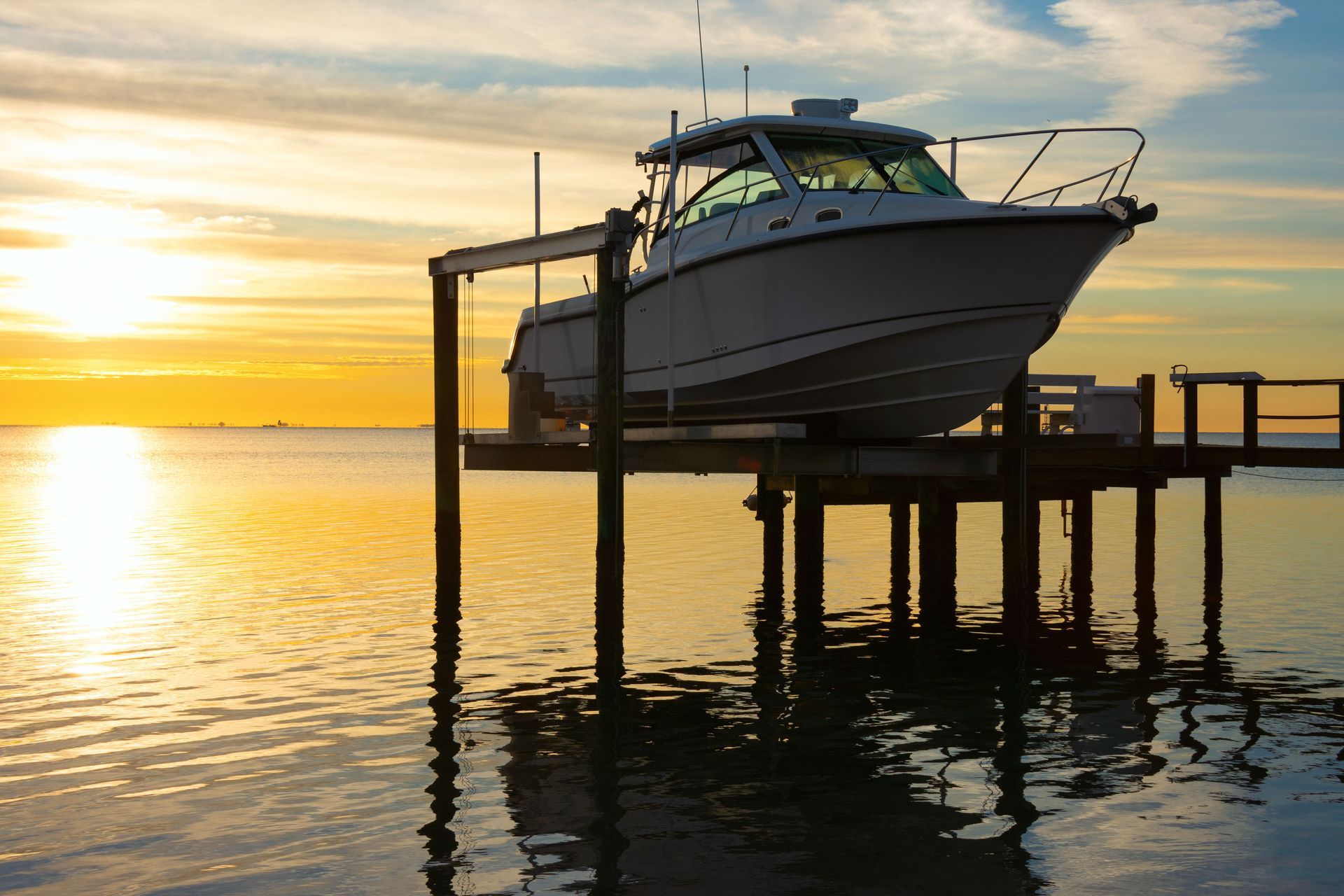
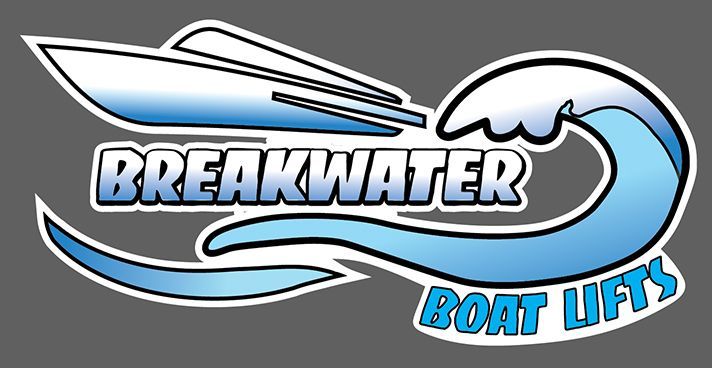
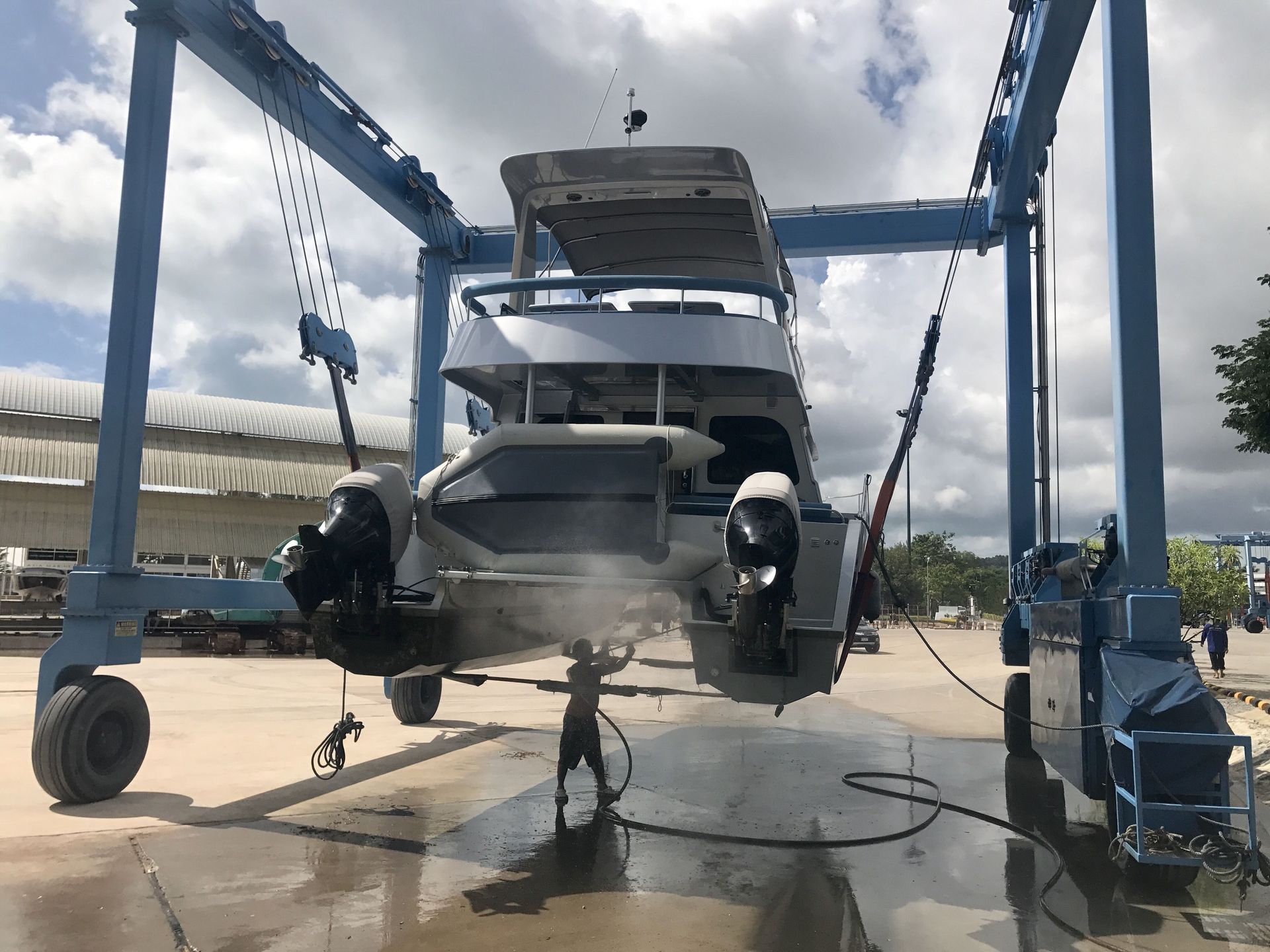
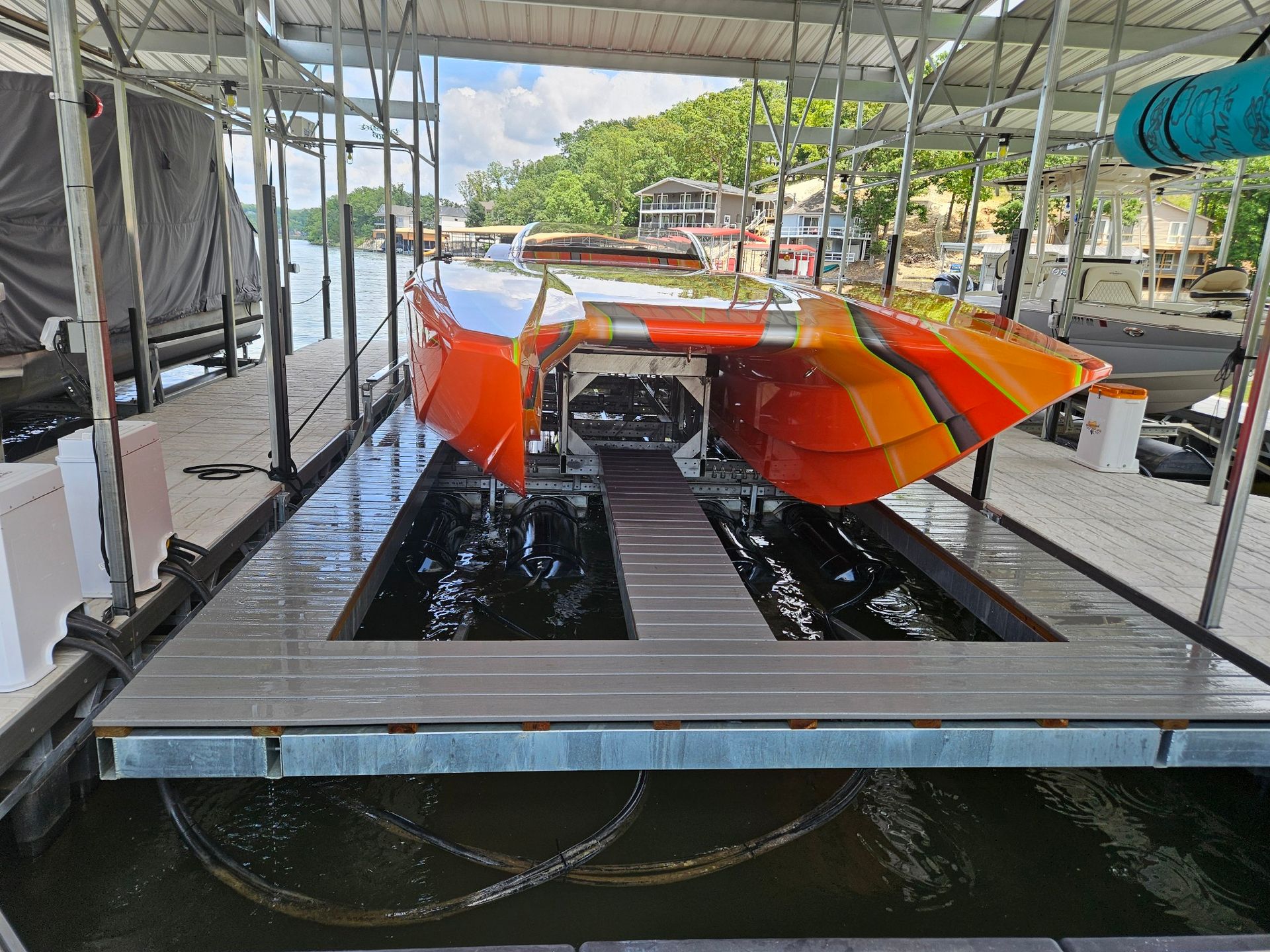
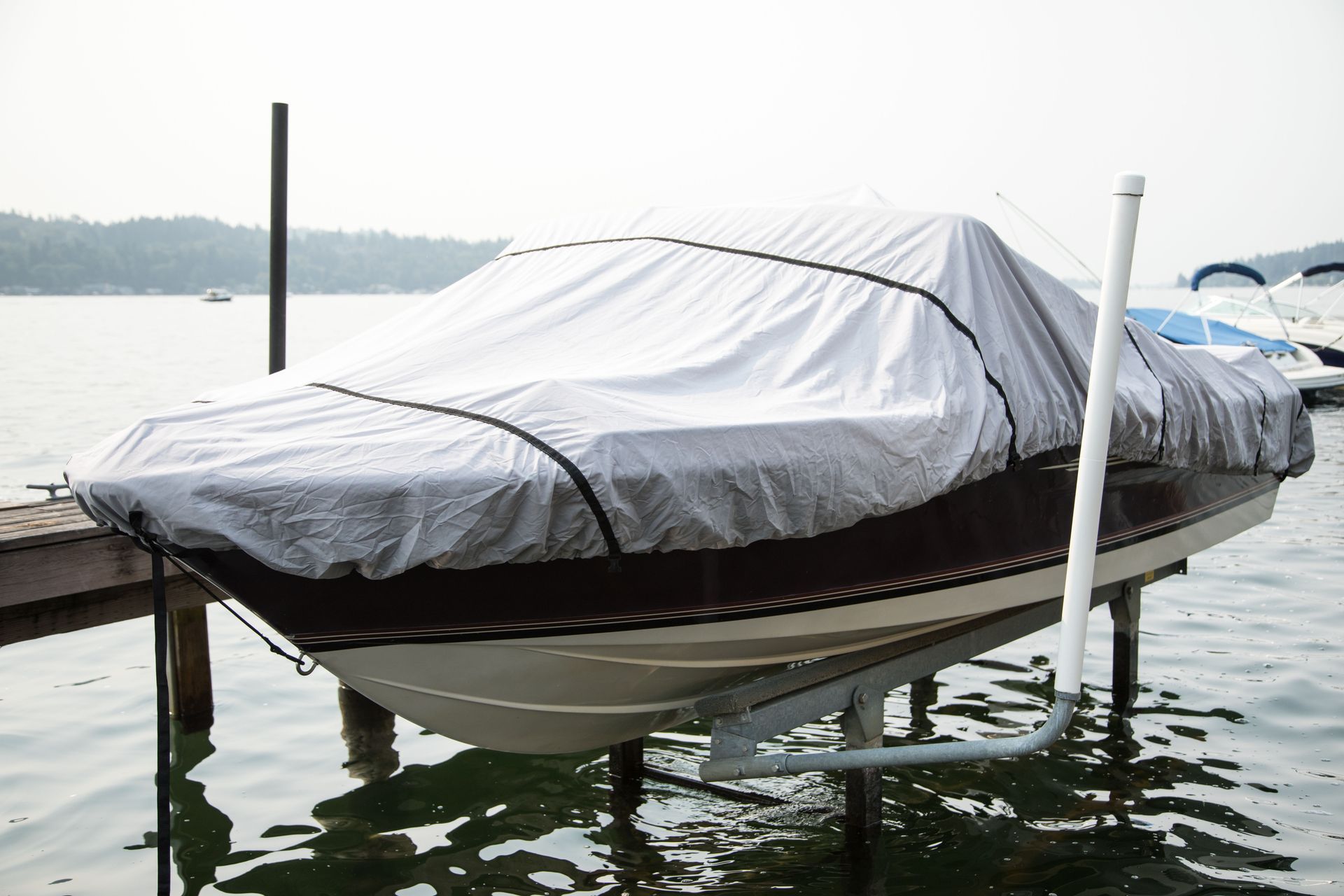
Share On: